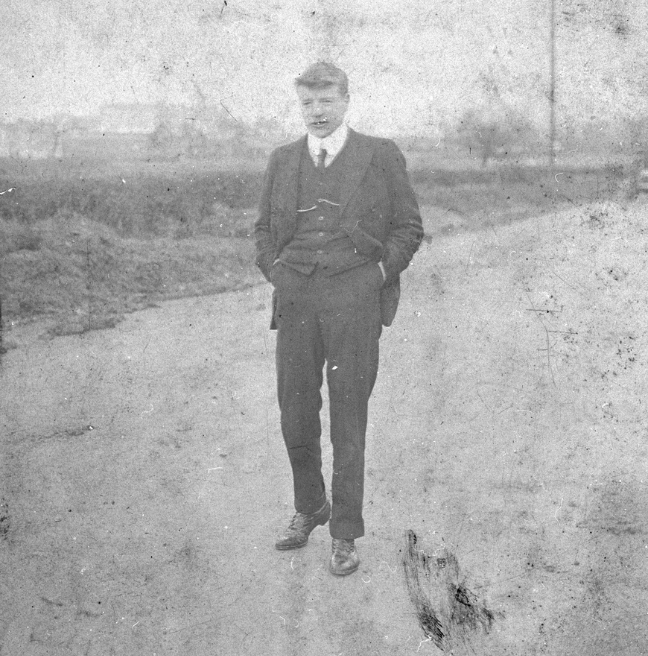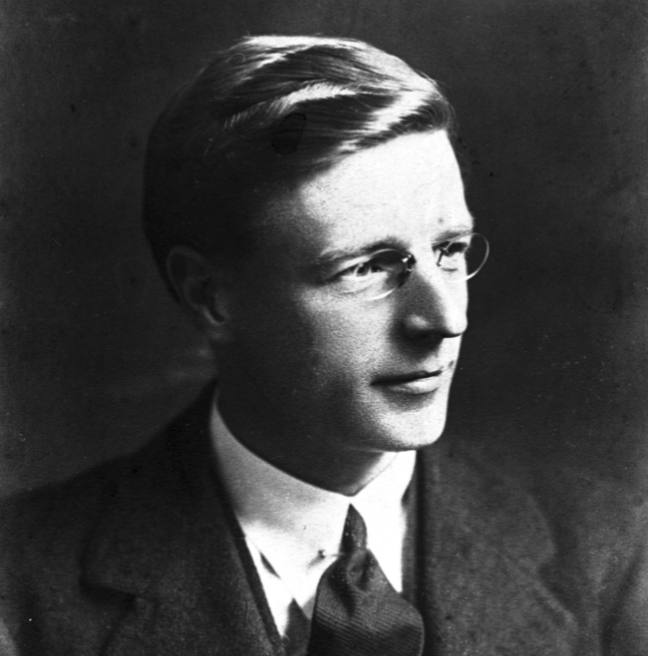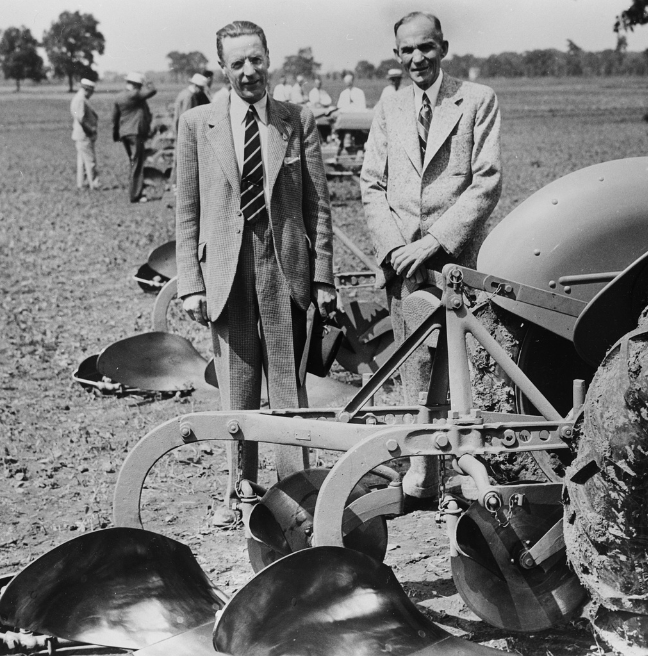
harry ferguson & road racing
Explore Harry Ferguson’s next venture – road racing.
Road Races Act
Throughout his time developing the innovations around the tractor, Harry Ferguson had retained his interest in motor cars.

His car showroom on May Street, Belfast, had provided the funding and a base to work from during these years. Ferguson had also been instrumental in lobbying MPs at Stormont in the early days of Northern Ireland’s regional parliament to achieve the passing of the Road Races Act of 1922.
This permitted the closing of public roads for road racing and the Ulster Motor Cycle Club were quick to take advantage holding the Ulster Grand Prix in October 1922. Along with Wallace McLeod, motoring correspondent for the Belfast News Letter, Harry Ferguson lobbied the RAC who decided to organise the Ulster Tourist Trophy Races which took place on the Ards circuit between 1928 and 1936. These races proved to be very popular attracting the top drivers of the period and nearly half a million spectators came to watch them.
Freddie Dixon
Whilst racing at the Ulster TT, one of the drivers, Freddie Dixon, met with Harry Ferguson.

Dixon had begun development around producing a safer family car utilising four-wheel drive and Ferguson was very interested in his ideas. Fellow driver Tony Rolt was also interested and after World War II, they persuaded Harry Ferguson to invest money in the project.
In 1950, Harry Ferguson Research Ltd was formed with Ferguson as Chair and Rolt and Dixon as Directors. Ferguson could see the potential in this safer system and, in the same way he had approached the production of the tractor, he wanted finance the development but engage another company to manufacture the vehicle. Following his departure from the Massey-Ferguson company, Ferguson took a much greater interest in the four-wheel drive project and moved the research to his premises in Coventry. Dixon left the company soon after.
The P99
Despite the successful testing of the prototype, they were unable to attract any manufacturers to produce it. To raise their profile and create demand, they decided to build a four-wheel drive racing car. The result was the P99.

Ferguson died in 1961 and never got to see the P99 win the Oulton Park Gold Cup in 1962 driven by Stirling Moss. It was then used in the Tasman series of races in 1963 – 1964. Advances in suspension and aerodynamics by other manufactures counteracted the P99’s exceptional roadholding and prevented it sweeping the boards. It did however prove to be an ideal car for hill climbing providing the championship for Peter Westbury in 1964.
The Ferguson Formula (Ferguson’s term for four-wheel drive) was used sporadically in F1 throughout the 1960s but without any real success and Harry Ferguson Research Ltd was closed down in 1971. Tony Rolt went on to found FFD Ltd (Ferguson Formula Development) to develop the four-wheel drive technology for the private car market.
LEARN MORE
The Life and Legacy of Harry Ferguson
Explore the life and worldwide impact of Innovator Harry Ferguson with John Barron, Director of Friends of Ferguson Heritage.
Harry Ferguson & Agriculture: The Early Days
Find out how Harry Ferguson entered the world of agriculture with John Barron, Director of Friends of Ferguson Heritage.
Harry Ferguson & Agriculture: The Later Years
Return to Harry Ferguson's world of agriculture with John Barron, Director of Friends of Ferguson Heritage.


